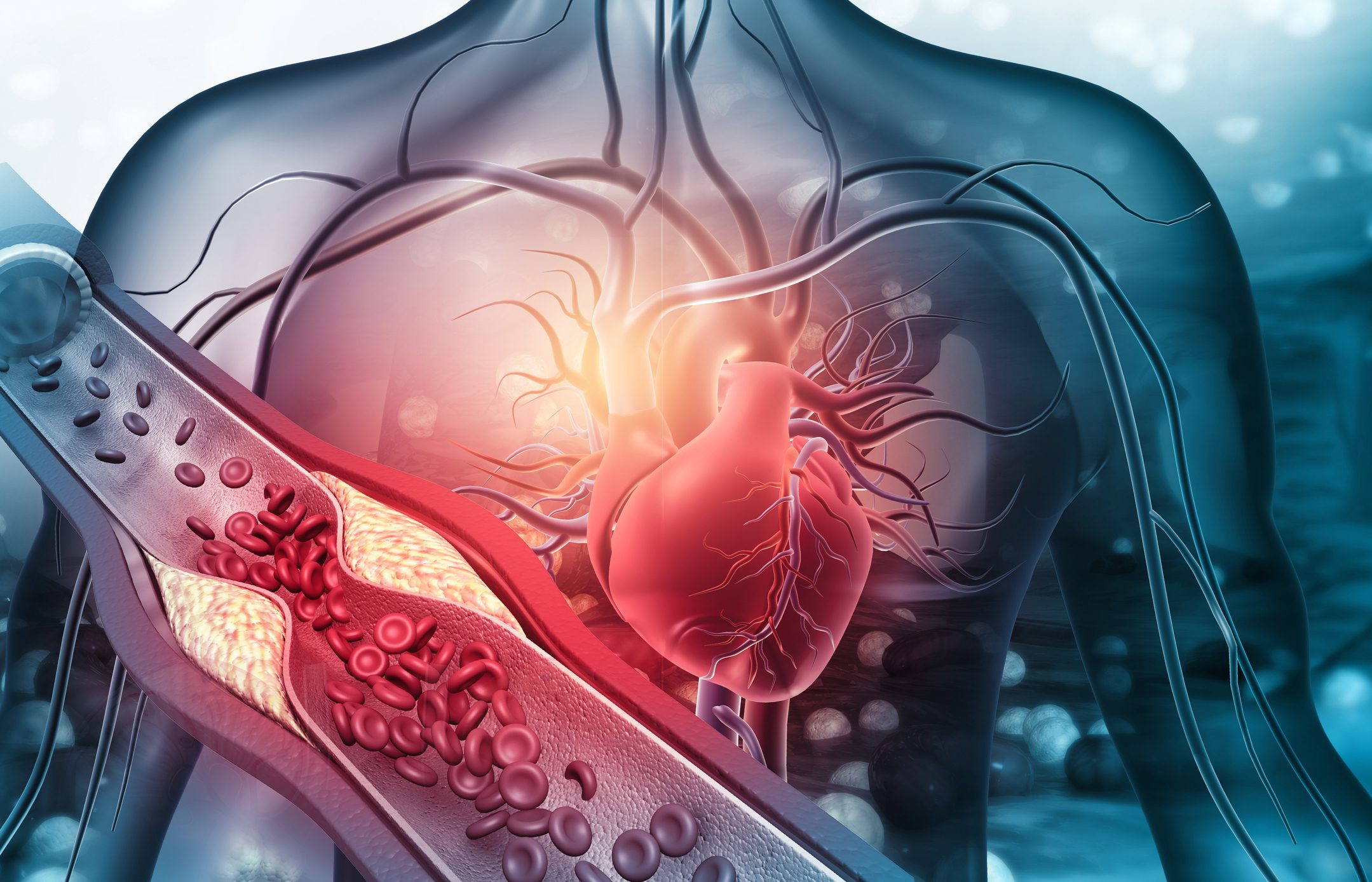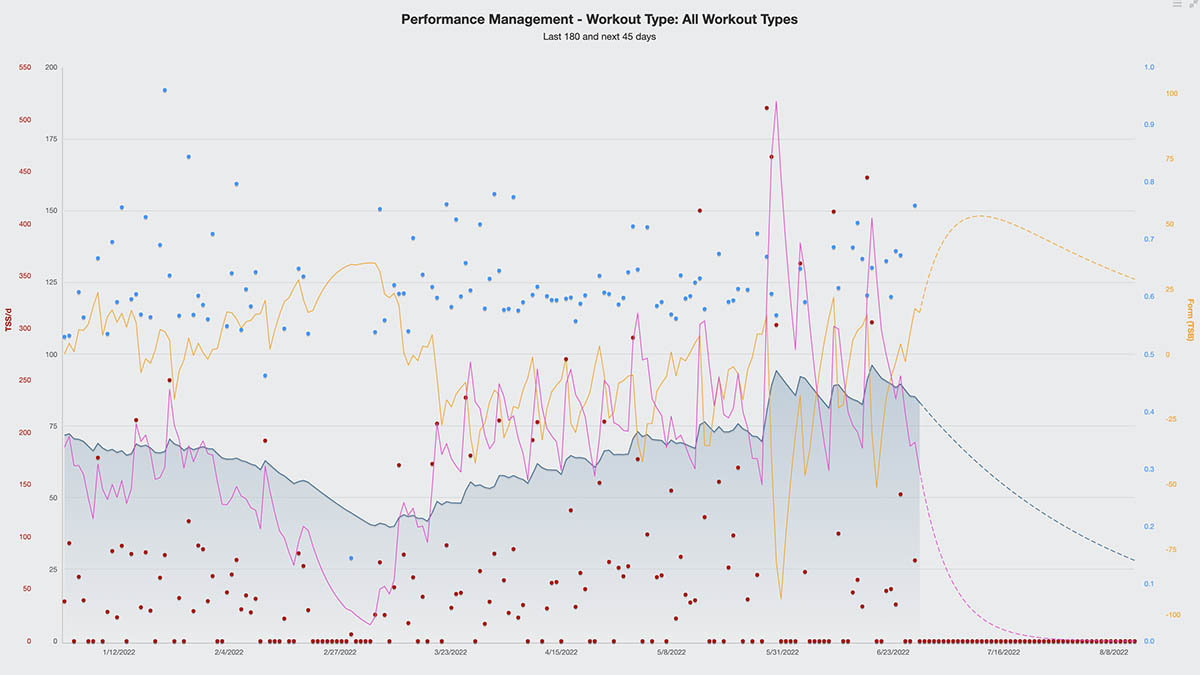
Cardiovascular adaptations to resistance training
In this entry we will talk about our "engine" or our cardiovascular system, which is made up of the heart and blood vessels., Its main function is to satisfy the metabolic demands of each of the tissues of our body..
The changes that this system constantly experiences become increasingly evident during exercise where there is a great demand for muscle tissue.. All these changes must be perceived by our heart and the mechanisms responsible for this to take place are and "found out." to receive all the changes are:
- Nervous type mechanisms.
- Hormonal – humoral mechanisms.
- Hydrodynamic mechanisms.
All of these mechanisms createcore adaptations which together are called athlete's heart syndrome and which mainly consist of:
- Decreased heart rate.
- Increase in the volume of the cardiac chambers and the thickness of the parietal thicknesses.
- Increased stroke volume.
- Improved myocardial perfusion.
Sometimes these adaptations may seem like we are dealing with a "sick" heart, but that is not often the case.. For example, In an endurance athlete we can find sinus bradycardia (HR at rest below 55 pulse/min.) which will generally be associated with an irregular and wide pulse due to the increase in stroke volume. This lower FC of trained individuals at rest also becomes evident during exercise as the athlete's training process progresses.
This adaptation is produced by having more time at diastolic pressure and thus contributing to the greater stroke volume of the trained heart..
On the other hand, we have the increase in the volume of the cavities and the parietal thickness of the heart that will be associated with the increase incardiac output in the endurance athlete. This increase will be beneficial for performance in endurance sports., giving a greater capacity to transport oxygen to the peripheral tissues that they consume to meet their metabolic needs, therefore, andincreased aerobic performance.
This cardiac output value can be twice as large in highly trained endurance athletes compared to sedentary subjects..
On the other hand we also have an improvement in themyocardial perfusion due to aerobic training. The increase in capillary density that will be proportional to the thickening of the myocardial wall along with the improvement in the distribution of oxygen and substrates seems to be related to both angiogenesis and functional adaptations (greater ratio of small coronary arteries).
They also appearadaptations of myocardial metabolism, reducing energy demand, The intake also improves due to an increase in glycogen stores., and an improvement in glucose uptake probably based on an adaptation at the level of its transporter.
Changes with heat
We are at a time of year when there are changes in temperature... What can happen? Lately
Basic concepts of power training – Part 2
After talking in a previous article about basic metrics and giving you some recommendations
¿Series o no series?
You almost always take the same route, the same training and you don't improve... that's when you consider





